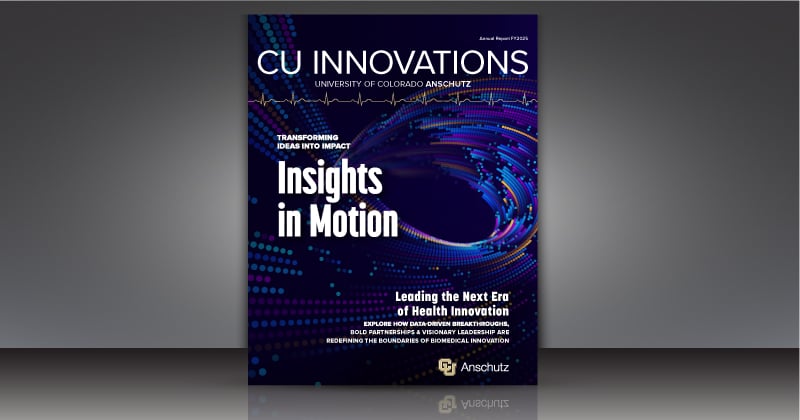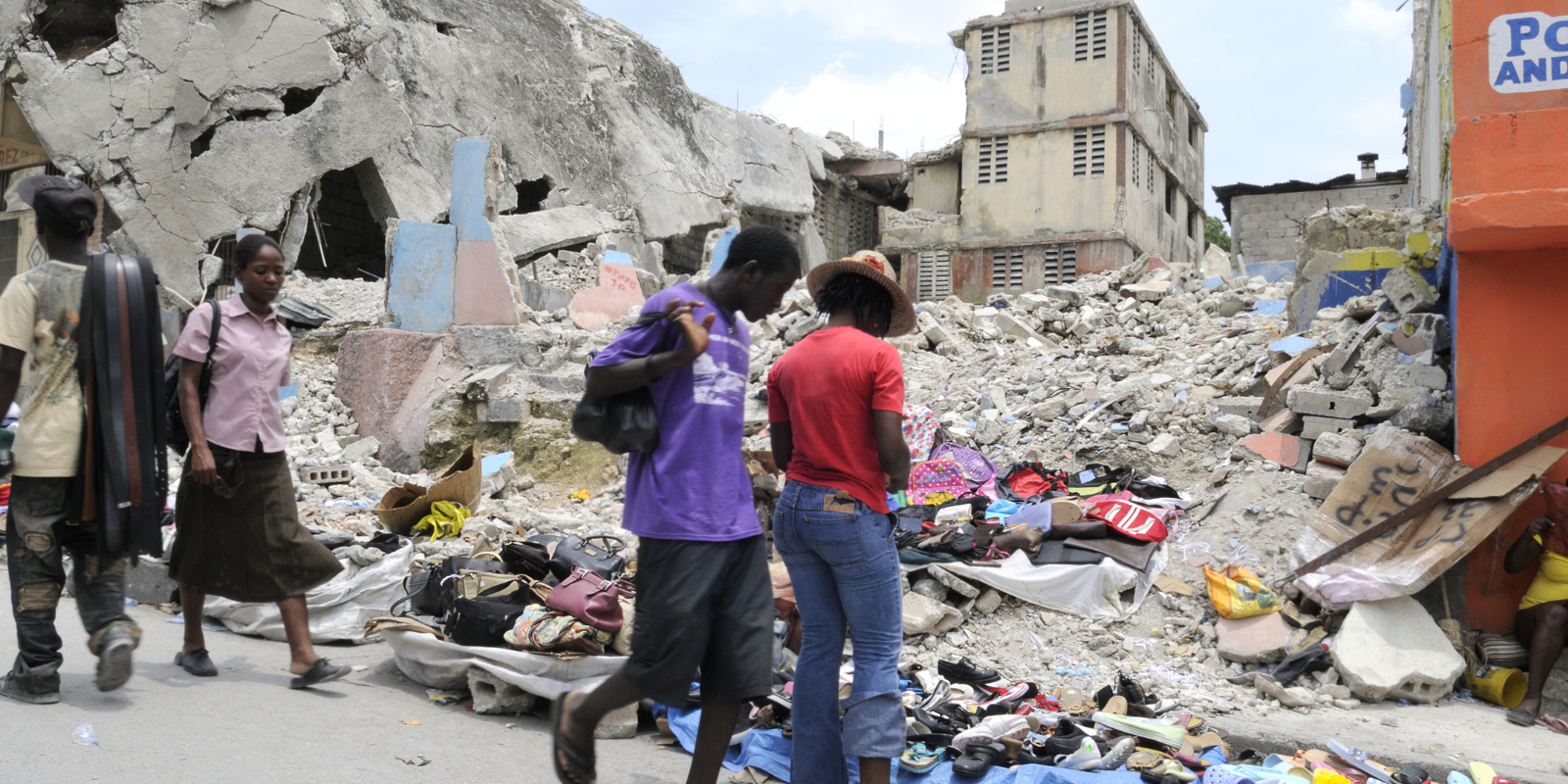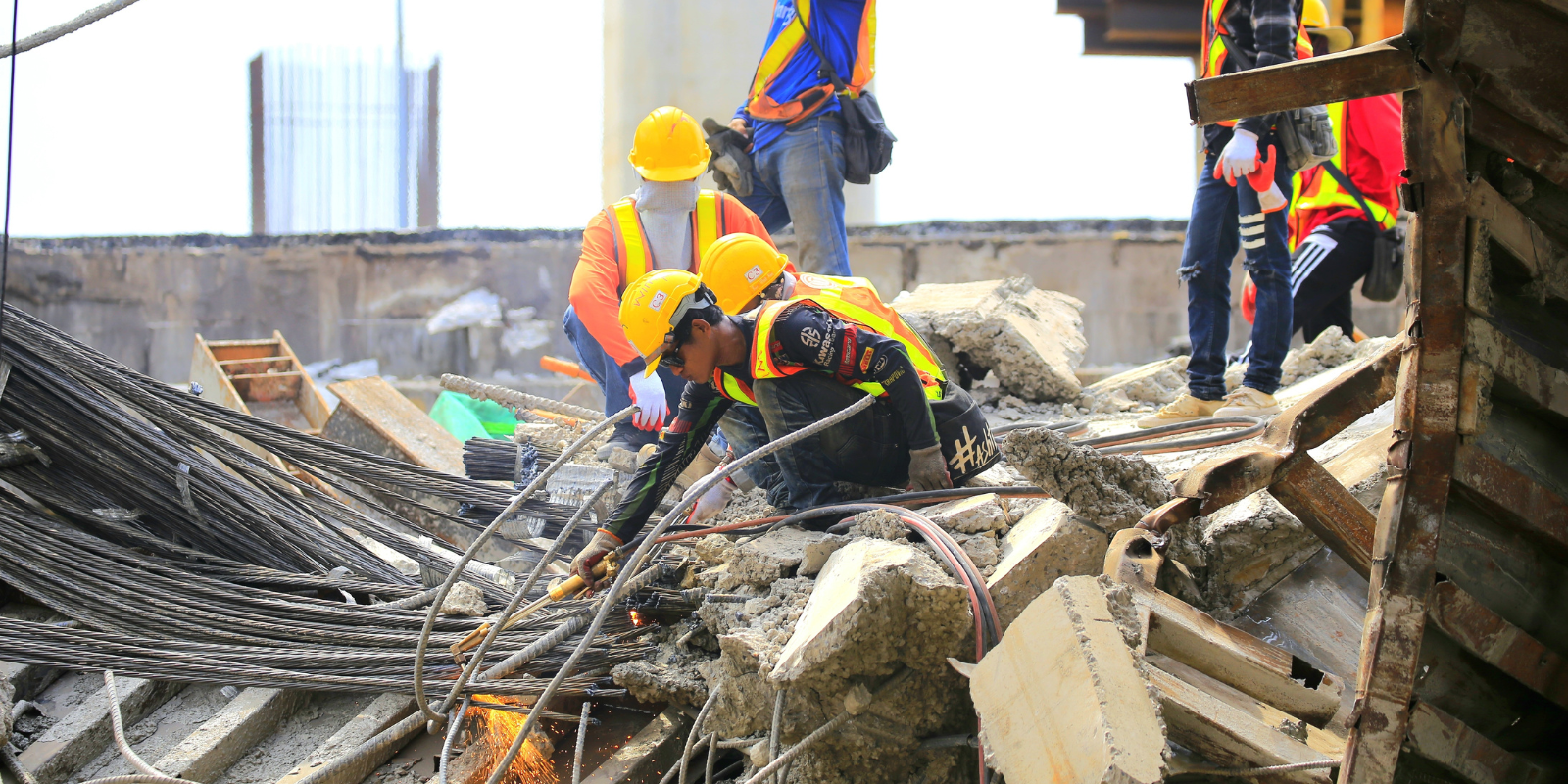What or who inspired you to pursue a path in public health?
Because of my experience in promoting health, wellness and mobilizing communities of color in the Denver Metro area, a mentor encouraged me to apply for a position at the Colorado Department of Public Health and Environment in its newly formed Office of Health Disparities (OHD) at the time. I applied for the position and began my public health career in 2006 as the office’s health disparities specialist. In this role, I was charged with developing and implementing statewide strategies to eliminate racial and ethnic disparities. I worked with urban, rural, and frontier local health agencies to create their health equity plans and led multi-sector collaborations aimed at eliminating racial and ethnic health disparities. A significant amount of this work involved workforce development — at both the local and national levels — on health disparities, social determinants of health, and cultural competency. I also co-authored the 2009 Colorado Racial and Ethnic Health Disparities Report.
Why do you choose to pursue your goals at CU Anschutz?
My interest in CU Anschutz started in 2007. The OHD heightened my awareness of the racial and ethnic inequities in education and health, which are prevalent throughout Colorado. A key component for eliminating health inequities is ensuring that the health workforce can address the cultural and linguistic needs of the individuals they serve. Unfortunately, there is an underrepresentation of people of color in the health professions. Access to many healthcare positions requires extensive and rigorous educational preparation. This underrepresentation of students of color in scientific academic institutions directly influences public health.
As a Denver East High School graduate, the Denver Metro area is my community. I want to see change and see more students, faculty and staff of color at CU Anschutz. The campus does not reflect the diversity of our neighboring communities or the state despite leadership attention to equity, diversity and inclusion. More recently, CU Anschutz has increased emphasis and resources for achieving a greater level of diversity and inclusiveness and advancing equity while digging deeply to understand the structural issues that have impeded advances in equity, diversity and inclusion (EDI).
Specifically, I am concerned about institutions of higher learning’s responsibility to ensure the academic environment upholds standards for equity and inclusion. There is a need for the structuring of policies and procedures not only to support recruitment and retention but the creation of environments in which students of color can thrive. An inclusive campus enriches the academic environment, promotes student success in an increasingly global society and has a positive impact on the curriculum.
What gets you out of bed in the morning? What is your WHY?
As a Black woman in the U.S., I cannot opt out of efforts to promote equity and justice in my community. For centuries, members of the African American/Black community have fought for equity and justice, with little change. Black people have a higher rate of underlying conditions, such as diabetes, asthma and high blood pressure. This extra burden of chronic disease makes COVID-19 more dangerous. Long-standing systemic health and social inequities have put members of the Black community at increased risk of getting COVID-19. Inequities in the COVID-19 pandemic and unceasing police violence and killings underscore racism in the U.S. as a crisis that needs all of our attention now, not only in our public health and healthcare systems, but in our education, housing, justice, employment and legislative systems.
![Cerise Headshot 1.31.22[1]](https://news.cuanschutz.edu/hs-fs/hubfs/Cerise%20Headshot%201.31.22%5B1%5D.jpg?width=593&name=Cerise%20Headshot%201.31.22%5B1%5D.jpg)
Why do you do this work?
I want future generations to have the opportunity and freedom to access quality and culturally responsive healthcare and education and experience economic mobility: the ability to generate wealth.. I believe everyone has an individual role in dismantling structural racism and promoting equity, diversity and inclusion. As we engage in our various spheres of influence, we will eventually see change throughout society. Education, specifically post-secondary, is the platform on which I advocate for the needs of communities of color. Access to education can build an individual’s social capital and promote wealth and health. I use my influence to collaboratively work with academic institutions and the community to facilitate the creation of equitable and inclusive environments for students, faculty and staff of color—spaces where these groups can advance professionally and thrive.
The celebration of Black History Month in February brings an opportunity to consider one’s impact and legacy. What kind of impact on history do you hope to make?
I want to be able to state that my collaborative efforts to advance equity and justice in the Black community helped to dismantle structural racism and supported educational and economic growth in the community. That our efforts restructured CU Anschutz policy, practices and procedures to ensure that members of the Black community can thrive. That there was an increase in Black students enrolling, graduating and joining the health workforce. That there was also an increase of Black faculty and staff at CU Anschutz, thriving and receiving equitable pay. I want to be able to say that I used my influence to hold leadership accountable for dismantling structural racism in our public health and healthcare systems and our education, housing, justice, behavioral health and employment systems.


![Cerise Headshot 1.31.22[1]](https://news.cuanschutz.edu/hs-fs/hubfs/Cerise%20Headshot%201.31.22%5B1%5D.jpg?width=593&name=Cerise%20Headshot%201.31.22%5B1%5D.jpg)


